Clutter is the enemy of clarity
When I went to my attic a couple of weeks ago to look for something my wife was sure was up there (and of course she was right, always is!!), I was astounded at the sheer quantity of shtuff that had accumulated over the years. It was as if an attic troll was secretly stashing bits of once useful items in piles as we slept peacefully every night. It took me over 20 minutes to find the thing I was looking for in space no wider than I am tall, and short enough to walk end to end in 7 steps.
Organizations can be like attics
I sometimes get the feeling this happens with organizations when it comes to operations. It’s as if over time we accumulate tasks, processes, and tools that just become part of what we do. Not really adding any value and cluttering up our ability to progress and grow as an organization. They are things that tend to get in the way and slow us down from accomplishing our goals. At times they are sufficient processes done in ways driven more by job security and less by a desire to help the organization grow and succeed. In other cases, they are just the wrong tool and process for the wrong job.

This is just a sliver of my actual attic. The white fake dear head is priceless.
Answer these questions
So, how do you begin to clean up the clutter? Start with answering the following questions:
- What processes and tools exist for these key components?:
- Sales
- Communication
- File Sharing
- Marketing
- Finance
- Customer Management
- Reporting
- Once you’ve made a complete inventory, ask: Do we use that tool or process?
- Finally, look over the full list and ask: Should we use the tool or process?
Now that you’ve got a full list of the tools and processes, whether you use them, and whether you should use them, the next step is to determine what each of those tools or processes cost your organization, in real dollars. This can be a bit tricky, but here are some general rules of thumb that can help you:
- Tool costs consist of three elements (Note: With a monthly subscription service, these are typically bundled into your fees):
- Infrastructure: usually a physical thing, like a switch, server, or device of some sort.
- Licensing: basically the ability to keep the latest and greatest version.
- Support and Maintenance: the ongoing setup, troubleshooting, and upkeep of the tool.
- For processes, we’re talking mainly about time for people to do something. So when figuring the costs of a process, try to nail down the following elements:
- Total time it takes to complete the process.
- For example, if 3 people each spend 15 minutes, the total time is 45 minutes.
- Cost of time?
- Here’s where you need to figure out how much each of your team members cost per hour.
- Total time it takes to complete the process.
A quick word about people costs
People and Time are the key to profitability. If you think about it, profitability is a measure of efficiency. Since the most expensive aspect of any organization, hands down, is people, time is a significant cost factor. Knowing what your people cost you hourly, will be a key ingredient to understanding the success of your technology investments.
Next Up…
Step one, gathering necessary information to quantify the costs of technology has a really good start. Next, we talk through identifying what really drives your profitability as an organization. This will help us put these numbers into the right context.
Thanks for reading. If you enjoyed this article, please use the buttons below to share it with someone you think could benefit. We always welcome your feedback if you have some to share. Thanks again for reading.




